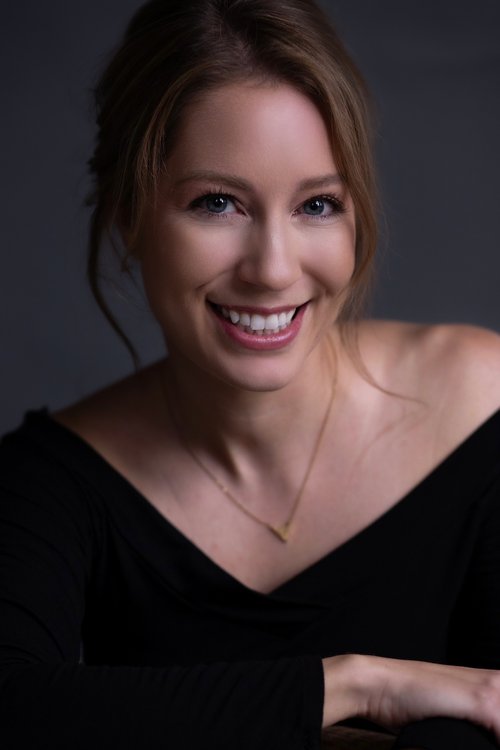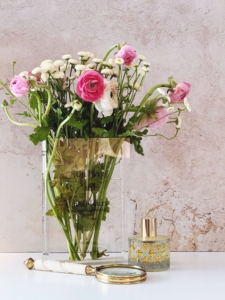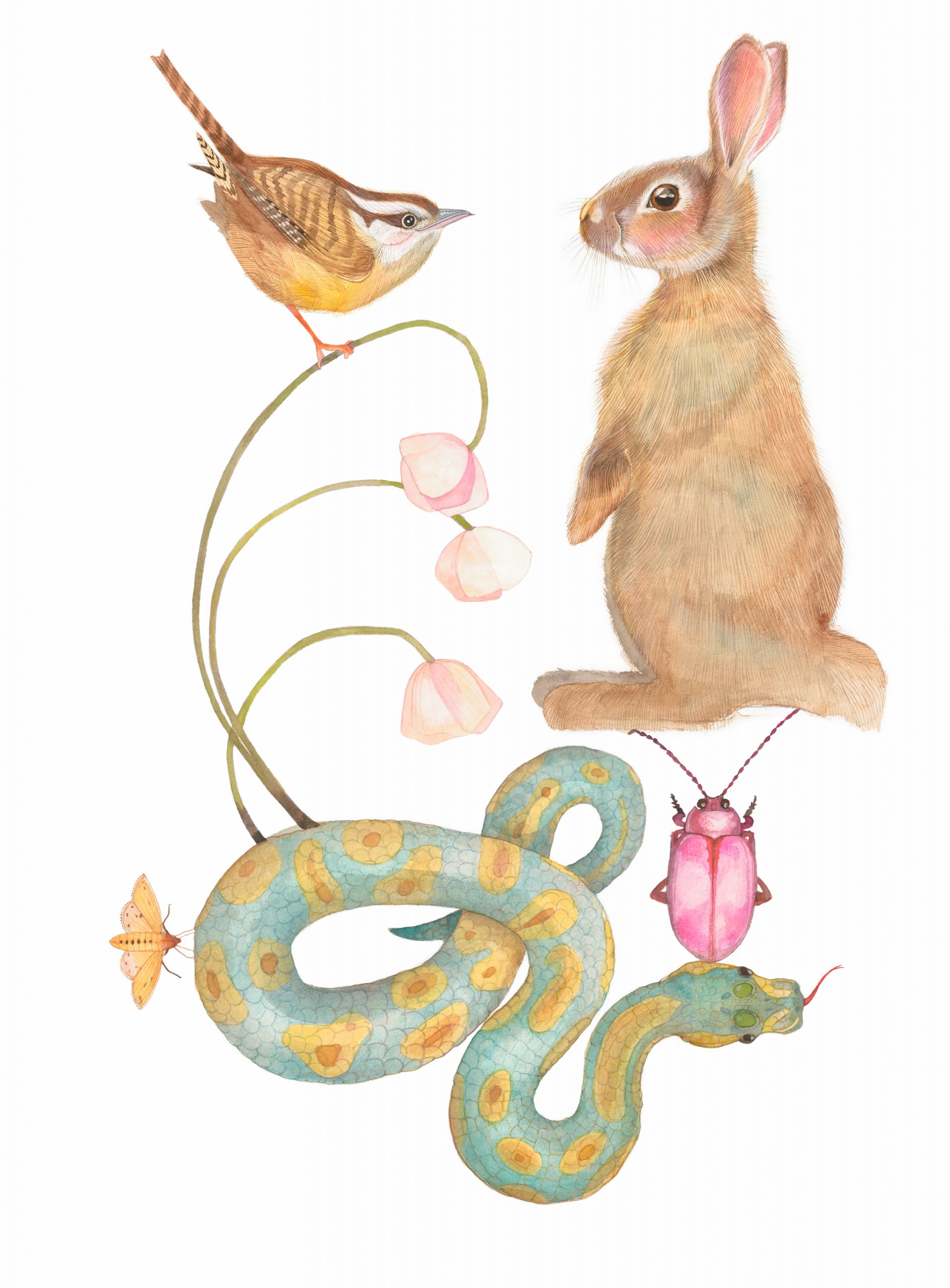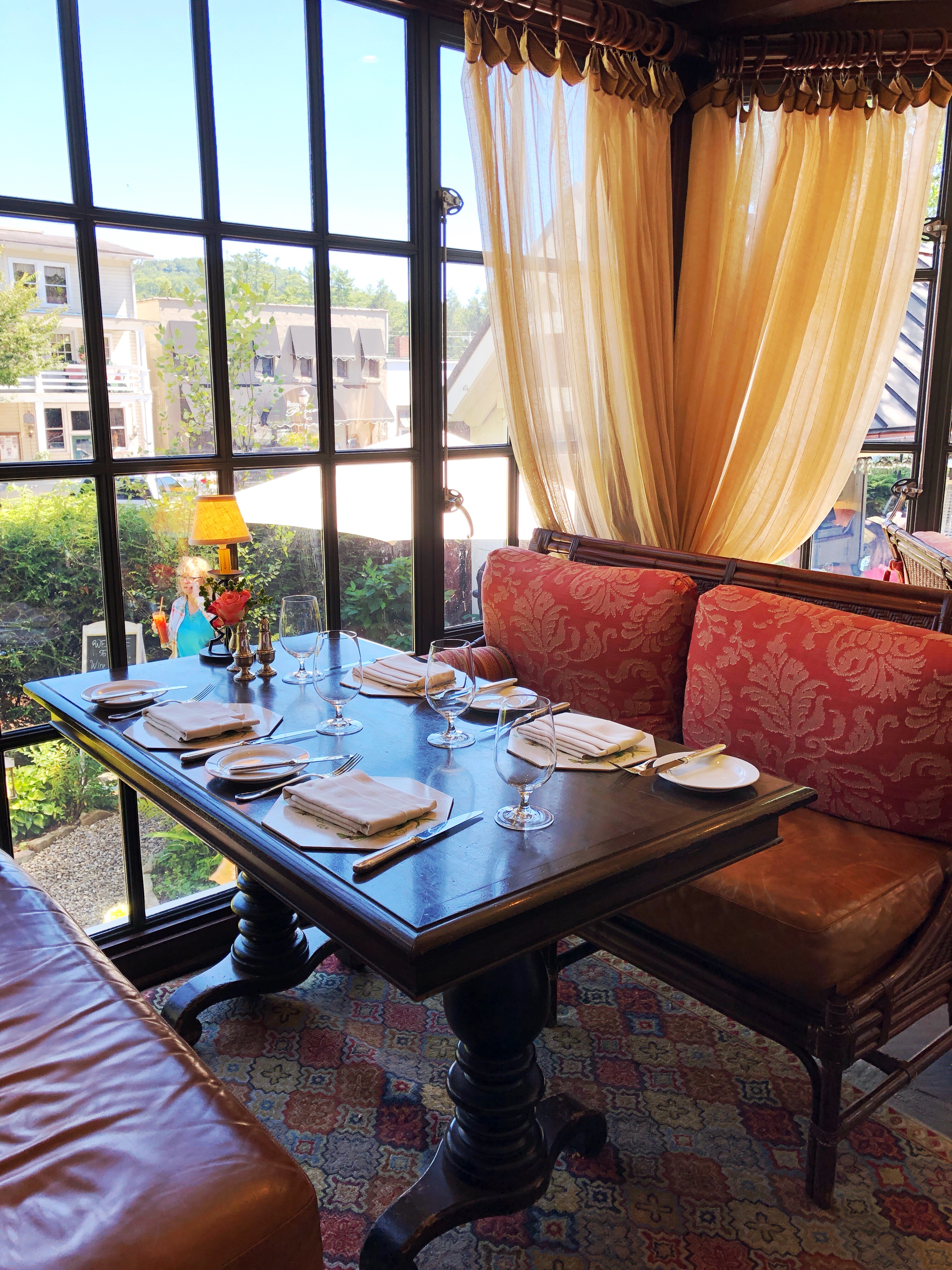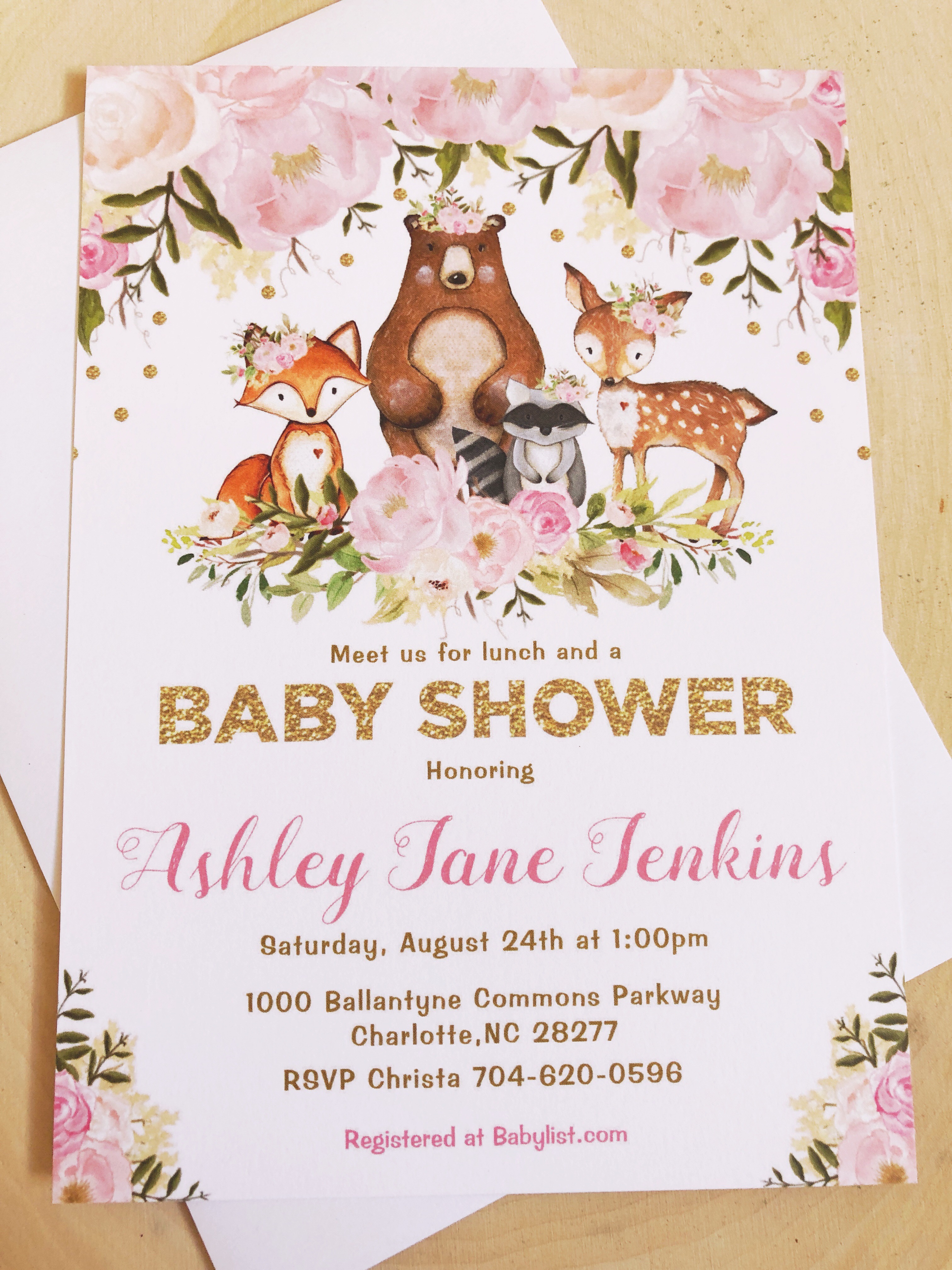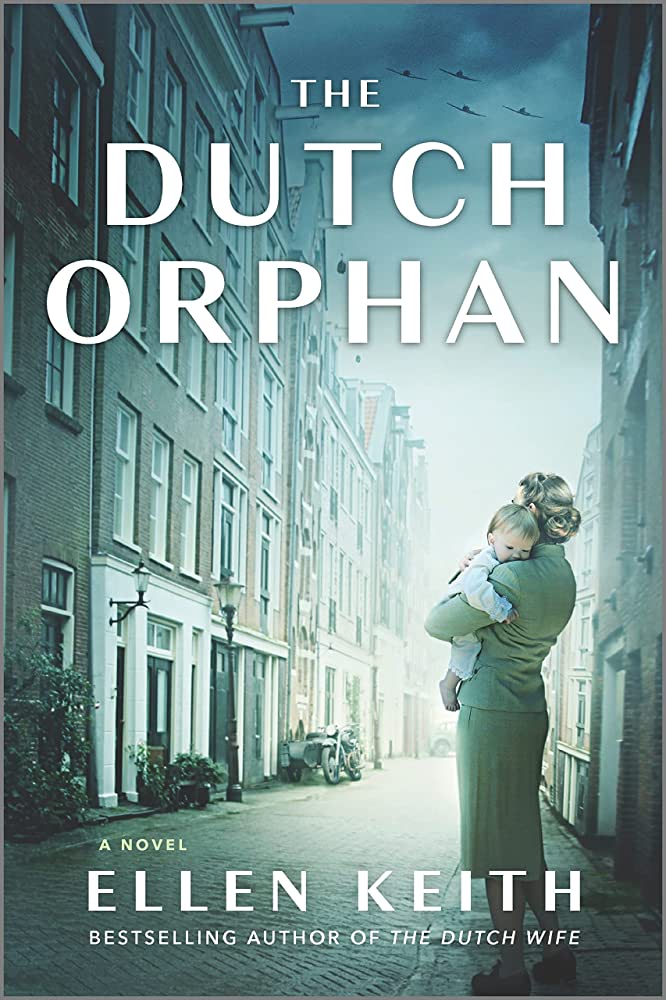
The Dutch Orphan plunges you into the realities of WWII Holland. Johanna and her husband are living a happy life together in their adopted city of Holland, Johanna is a singer in the vibrant music scene, and her husband Willem looks after the animals in the local zoo. When the Nazis invade their beloved city in 1941, everything changes. Their Jewish friends are forbidden from performing onstage, and each week more and more Jews disappear from the city. Even Johanna’s sister Liesbeth finds herself caught between her sister who supports the Resistance and her husband who is loyal to the NSB, a group loyal to the Nazis.
In this interview with author Ellen Keith, we get an inside look into the novel including a family member who inspired one of the characters, the location that inspired Liesbeth and Maurits home, and more.
When did you first come up with the storyline for your latest novel, The Dutch Orphan?
In early 2020, my editor and I came up with the idea of writing a companion novel to my debut, The Dutch Wife. There were so many Dutch-wartime stories begging to be told that I just had to dive back in. In the first chapter of The Dutch Wife, the main character brings a Jewish baby to a couple who offers to take in the infant and treat her like their own. This became the jumping-off point for the new novel.
I wanted to try to capture daily life during the Nazi occupation of the Netherlands, which lasted five long years. Every day, people faced decisions on how to deal with the growing hardship. Some were determined to put up a fight; others were happy to collaborate with the Nazis for preferential treatment, while the vast majority simply tried to press on, a contrast that created plenty of tension between neighbors, family members, and friends.
Your novels are based in Amsterdam, where you currently live. How does the city around you serve as a source of inspiration?
Amsterdam breathes history. You see it in the gabled roofs, the single-glazed windows, and the winding network of canals that have framed the city for hundreds of years. I grew up in Edmonton, Canada, a city that only sprung up in the past century, so living in Amsterdam has always felt like wandering back in time.
So much of the city’s landscape would have been the same for my characters as it is now. Although most of the shops have changed, the facades of the buildings haven’t. I spend time in the same parks as my characters and take the same shortcuts on my bike. That’s what made writing this novel so much fun: I lived the setting every day and didn’t have to look far to find places and details to incorporate into the story.
Where did you write the majority of the novel?
I wrote the novel during COVID, so most of it happened at home. The apartment I lived in for part of the lockdown was the same house I envisioned for Liesbeth and Maurits, a block behind the Concertgebouw, Amsterdam’s beautiful concert hall. My daily walking route around the neighborhood found its way into scenes throughout the novel.
What was your research process like for the novel?
The research was a culmination of museum visits, city tours, anecdotes from friends, information from books, and my grandmother’s own wartime stories (the character Gerrit is based on her brother). I spent many days in the NIOD Institute for War, Holocaust and Genocide Studies, an archive in Amsterdam that has an incredible collection of diaries, newspapers, and other resources about the occupation.
During your research what was one of the most fascinating finds that you made?
The bounty hunters who pop up in the novel are based on real people. The archives I visited contain the reports that these men wrote after all the arrests they made, which were written with shocking detail: reports of the Jewish nanny who was caught in the street, the man who was betrayed while his wife and child were hiding elsewhere, and countless other stories. Reading these was an emotional experience and a reminder of the very real people who lost their lives to others’ greed and callousness.
What was one of the most difficult chapters to write?
The incident in the bunker cell at Camp Vught unfortunately really happened. I was disturbed by the stories I heard when visiting the camp and wanted to capture it as accurately as possible, so I spent a lot of time listening to witness testimonies. It was quite unsettling to stand in the middle of the cell where these women were held.
If you had lived in Amsterdam during WWII what do you think your role would have been?
We all like to think the best of ourselves and how we would act in times of crisis. Nobody wants to be the coward or the bad guy. Realistically, I think I would be somewhere in the middle. I am not as brave as Johanna, nor as strong-willed, but I have friends who are, who, in fact, inspired her character, and if we’d all lived in Amsterdam during the war, I’m sure they would have encouraged me to find my own ways to resist. I find the stories of the people who were sheltered at Artis Zoo really fascinating, and I would have loved to have helped with that.
You mention 1940s newspapers and a hiding space that was found when your old apartment was being renovated. Did you dig into the history of your building after this discovery?
The newspaper belonged to the furnished house, so, sadly, I couldn’t take it with me when I moved. I’ve taken a glance into the history of the house, which dates to the 1800s, but I don’t know anything about who would have been hiding there during the war. Maybe this is a good moment to try to dig deeper and see what I can find!
Are you currently working on your next novel, and if so, can we get a sneak peek?
I am! It’s a bit too soon to say since I’m in the very early stages and nothing is for certain. However, I’m excited about the idea and can’t wait to share more!
— About the Author —
Winner of the HarperCollins/UBC Prize for Best New Fiction, Ellen Keith is a Canadian writer and graduate of the University of British Columbia’s MFA program in creative writing. She lives in Amsterdam, the Netherlands. Her work has appeared in publications such as The New Quarterly and the Globe and Mail. Her debut novel, The Dutch Wife (Patrick Crean Editions) became an instant international bestseller following its publication in April 2018, reaching #1 for Canadian fiction on The Globe and Mail’s bestsellers list and #12 on the Publishers Weekly list in the United States. The Dutch Wife has since been published internationally in the United States (Park Row Books), the Netherlands (Uitgeverij Prometheus), the Czech Republic (Pavel Dobrovský – Beta), Portugal (Editorial Presença), in Serbia (Vulkan izdavaštvo) and Italy (Newton Compton).
Ellen Keith // Photo Credit Andreea Bercu
Pick up your copy of The Dutch Orphan.



